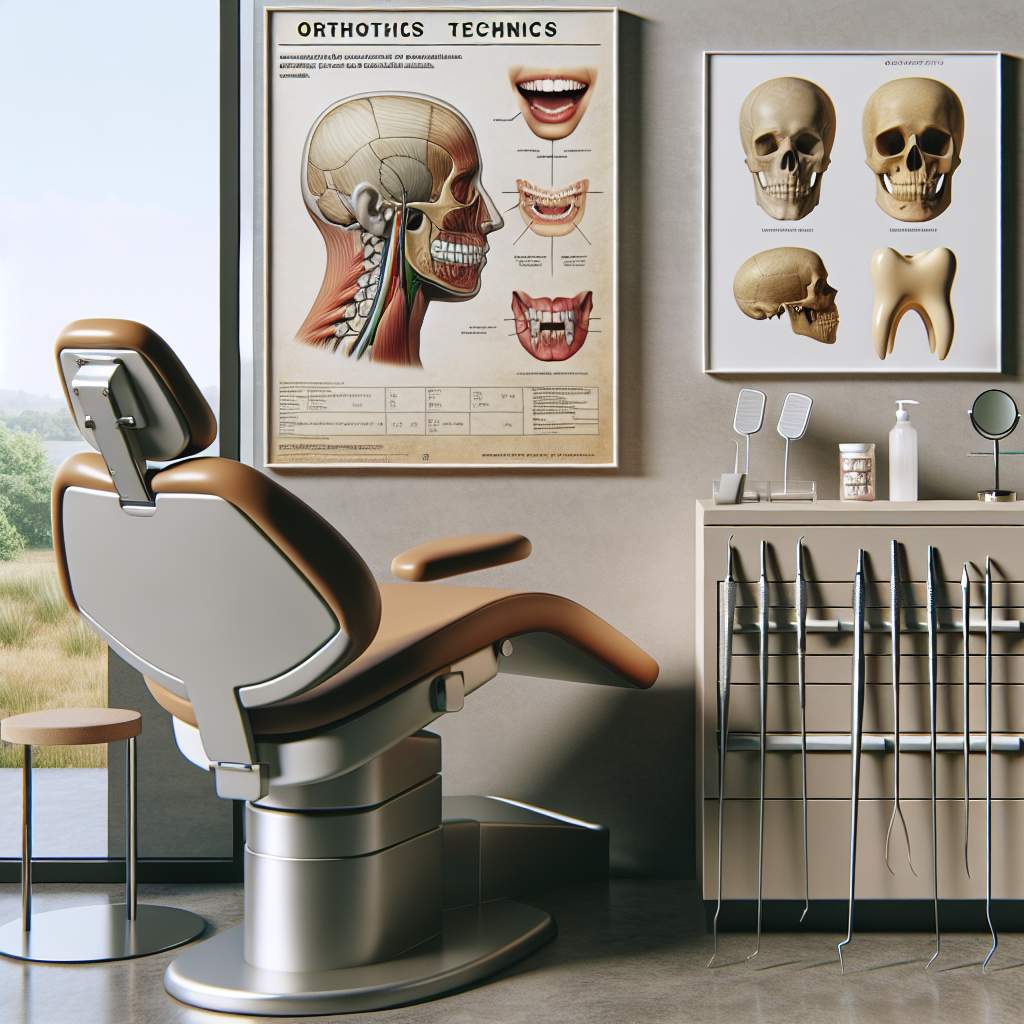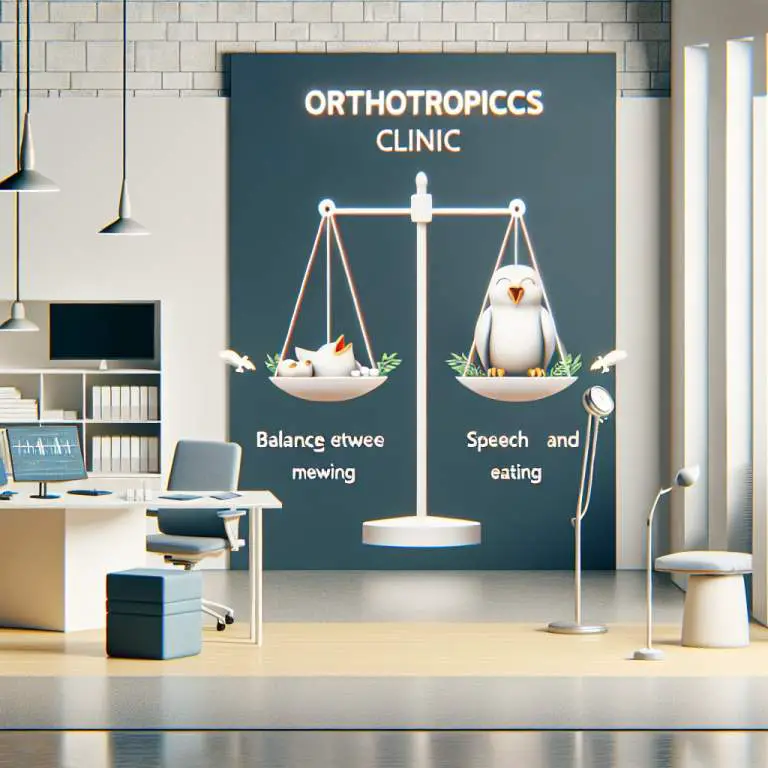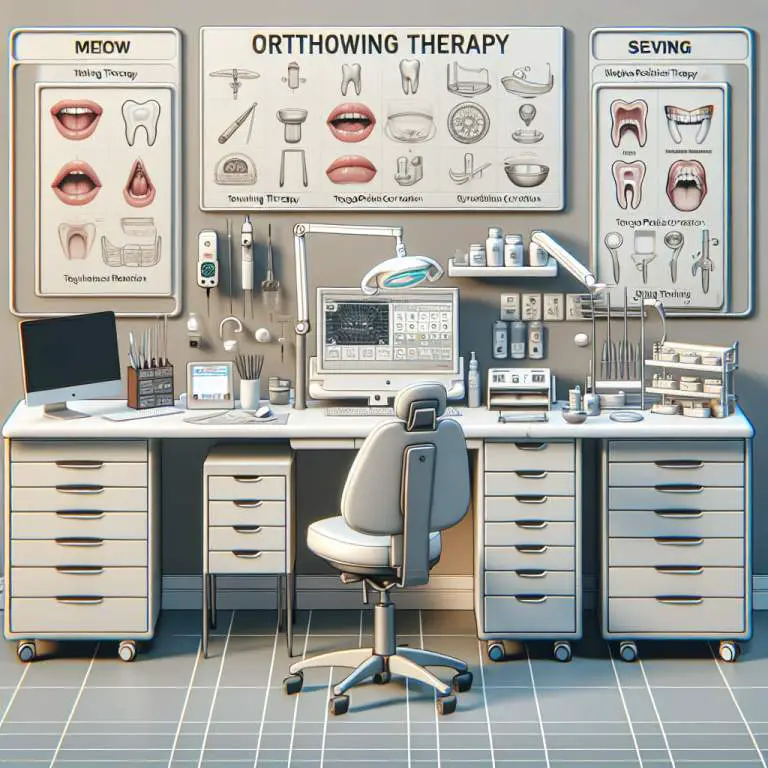What are the risks of self-diagnosing mewing mistakes?
Self-diagnosing mewing mistakes can lead to incorrect techniques, which might cause jaw pain, misalignment, or even changes in facial structure. Without professional guidance, a person may apply too much pressure or use the wrong muscles, leading to potential harm rather than improvement. This approach risks not only ineffective results but also the possibility of exacerbating existing issues or creating new problems.

How can incorrect mewing techniques impact your jaw and facial structure?
Mewing is a technique that involves positioning your tongue against the roof of your mouth to improve your jawline and overall facial structure. However, if done incorrectly, it can have the opposite effect. Incorrect mewing techniques can lead to changes in your facial structure that are not desirable, such as an uneven jawline or misalignment of your teeth.
This happens because when you consistently apply pressure in the wrong areas of your mouth or do so unevenly, it can influence the way your bones grow over time. Especially for younger individuals whose bones are still developing, this could result in long-term changes that might require professional intervention to correct.
What are the common mistakes people make while practicing mewing?
One common mistake is not placing the entire tongue on the roof of the mouth. Many people only press the tip of their tongue against their palate, neglecting the rest of it. This partial engagement doesn’t provide the necessary pressure distribution across the palate to influence jaw development positively.
Another frequent error is applying too much force. Some individuals believe that pushing harder will yield faster results, but excessive force can actually harm your teeth and jaw alignment. It’s important to apply gentle, consistent pressure instead of forcing your tongue against your palate with too much strength.
Why is professional guidance recommended for correcting mewing techniques?
Professional guidance is crucial because experts in dental and facial structure health have a deep understanding of how different practices affect our jaws and teeth. They can provide personalized advice based on an individual’s unique facial structure, ensuring that mewing practices contribute positively to one’s appearance without causing harm.
Dentists or orthodontists can also identify any underlying issues that may be exacerbated by incorrect mewing techniques. By seeking professional help, individuals can ensure they’re practicing mewing correctly and making adjustments as needed under expert supervision, thus avoiding potential negative impacts on their facial structure.
How to identify if you’re making mistakes in your mewing practice?
If you’re experiencing discomfort or pain in your jaw, teeth, or gums while practicing mewing, it might be a sign that you’re doing something wrong. Proper mewing should feel natural and should not cause pain or significant discomfort. If you notice any persistent pain or discomfort, it’s important to reassess how you’re applying the technique.
Another indicator could be a lack of visible results over an extended period. While changes from mewing take time and patience, complete absence of any positive changes could suggest incorrect practice. Observing these signs early on allows for corrections before any potential adverse effects become more serious.
| Issue | Correct Technique | Potential Misdiagnosis Danger |
|---|---|---|
| Incorrect Tongue Posture | Tongue should rest completely on the roof of the mouth, not touching the teeth. | May lead to improper jaw alignment or TMJ disorders. |
| Breathing Difficulty | Nose breathing should be comfortable; if not, consult a professional. | Misinterpreting as solely a mewing issue could ignore underlying respiratory conditions. |
| Excessive Force | Gentle pressure against the palate is sufficient; avoid forceful pushing. | Can cause dental issues, including tooth movement or pain. |
| Jaw Pain or Discomfort | Maintain a relaxed jaw position without clenching teeth. | Misdiagnosing as normal “adjustment pain” may overlook TMJ disorders or bruxism. |
| Swallowing Difficulty | Practice proper swallowing technique by ensuring the tongue remains in contact with the palate while swallowing. | Ignoring could exacerbate pre-existing swallowing disorders or create new ones. |
What steps should you take if you suspect you’re mewing incorrectly?
If you think your mewing technique might be wrong, the first step is to stop and reassess. It’s important not to keep doing something that could harm your jaw or facial structure. Look for reliable sources of information on proper mewing techniques. This could be videos from reputable orthodontists or articles written by experts in the field.
Next, consider getting professional advice. A specialist, like an orthodontist or a speech therapist, can give you personalized guidance. They can show you how to position your tongue correctly and practice mewing safely. Remember, every person’s mouth and jaw are different, so what works for one person might not work for another.
Can incorrect mewing be corrected, and how long does it typically take?
Yes, incorrect mewing can be corrected with patience and the right approach. The time it takes to see improvements depends on several factors. These include how long you’ve been practicing incorrect mewing and your dedication to correcting it. Generally, changes can start to become noticeable within a few months of consistent practice.
To correct improper techniques, it’s crucial to follow expert advice closely. Regularly monitoring your progress can also help ensure you’re on the right track. Adjustments won’t happen overnight, but with persistence, most people can improve their technique and see positive changes in their facial structure over time.
Are there any long-term consequences of persisting with wrong mewing methods?
Persisting with incorrect mewing techniques can lead to several long-term issues. One common problem is developing an imbalanced facial appearance due to uneven muscle use. Over time, this imbalance can become more pronounced and harder to correct.
Additionally, incorrect mewing might cause problems with your bite or jaw alignment. This could lead to discomfort while eating or speaking and may require orthodontic treatment to fix. Therefore, it’s crucial to address any mistakes in your technique early on to avoid these potential complications.
Final Thoughts
Mewing incorrectly can have various negative effects on your facial structure and oral health. However, by taking the right steps towards correction and seeking professional guidance when needed, these issues can often be resolved. Remember that patience and consistency are key; improvements will come over time with diligent practice.
In conclusion, if you suspect your mewing technique is off-track, don’t hesitate to reassess your approach and seek expert advice if necessary. Correcting improper methods not only enhances physical appearance but also contributes positively to overall well-being.







